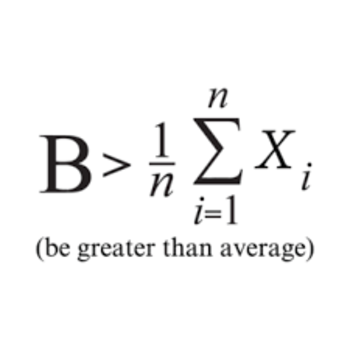What is the cofficient of Cr^2+?

1 Answer
Explanation:
Start by finding what has been oxidized and what has bee reduced by inspecting the oxidation numbers:
In this case:
Is the oxidation
and
is the reduction
Start by balancing the half equations for oxygen by adding water:
(Only the reduction includes oxygen)
Now balance hydrogen by adding protons:
(again, only the reduction involves hydrogen)
Now balance each half-equation for charge by adding electrons to the more positive side:
And to equalize the electrons, multiply the whole half equation with the least electrons by an integer to equal the other half-equation in the number of electrons, thereby balancing the electrons on both sides of the equation:
Now combine everything and remove the electrons (as they in equal amounts on both sides they can be canceled in this step - otherwise just simplify as far as possible)
Now the equation is balanced and we can see that the coefficient to

